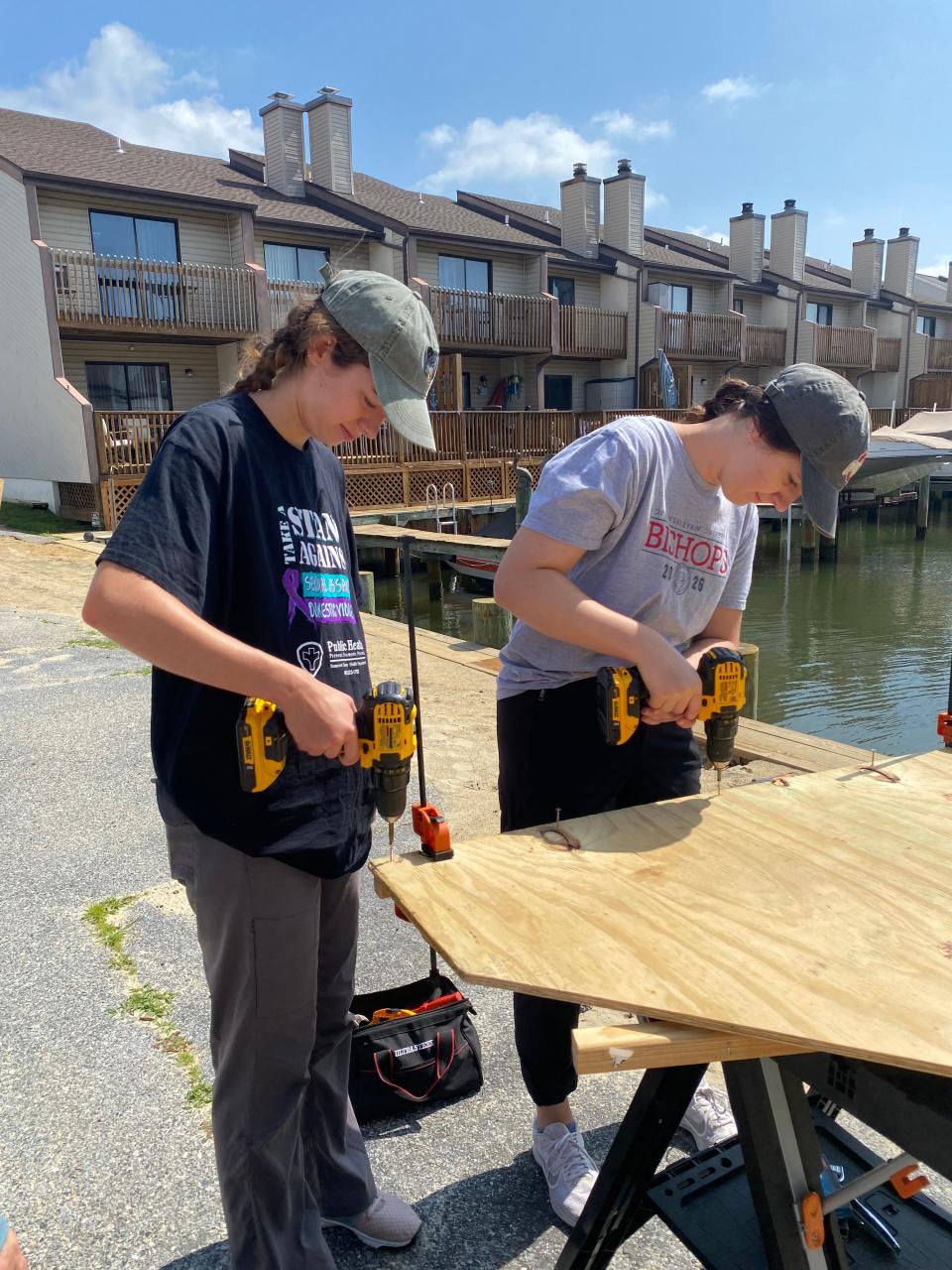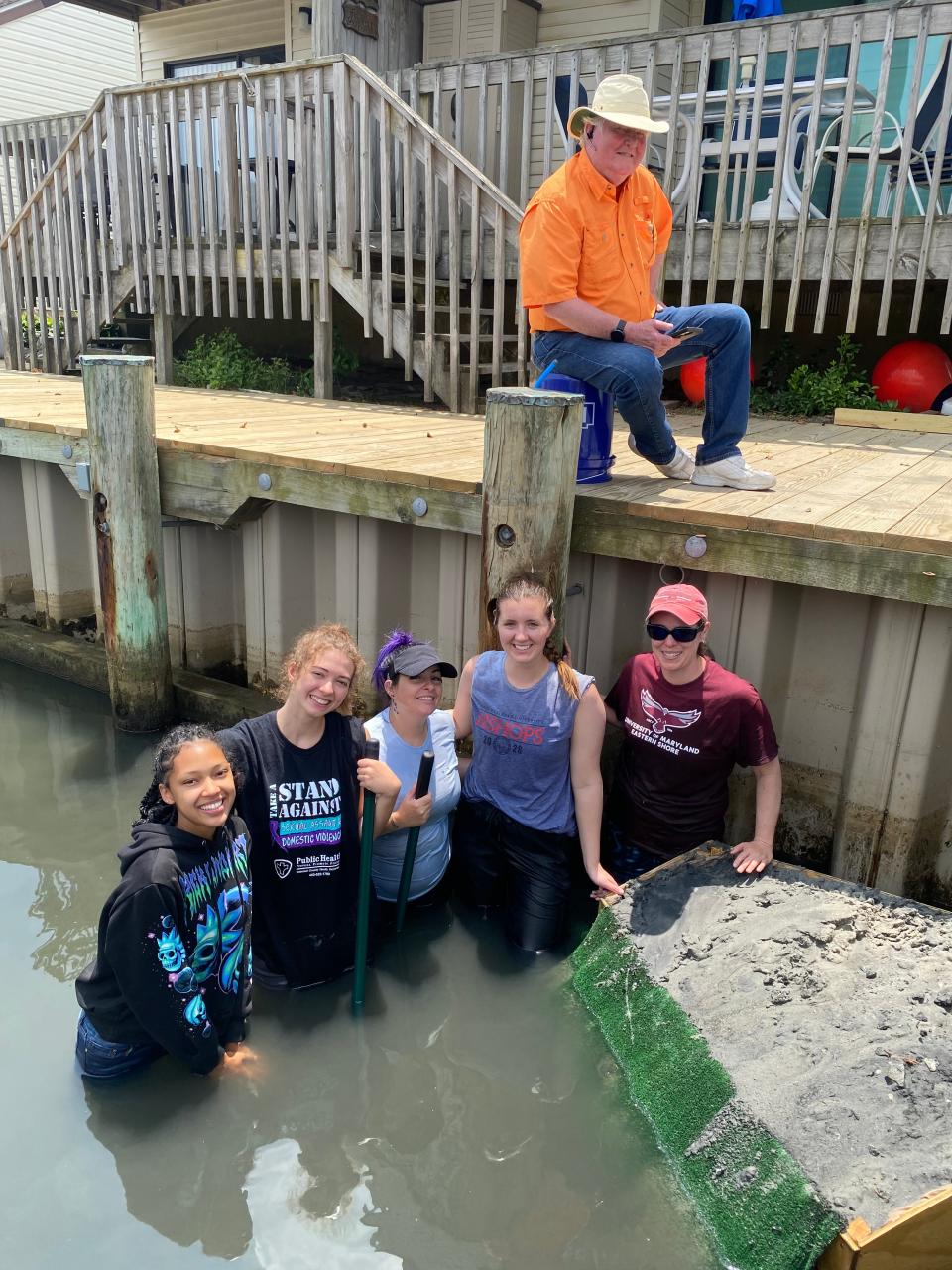Horseshoe crabs lifeblood for watermen and health care, to get reprieve from harvesting
Atlantic States Marine Fisheries Commission has decided to forgo a 2024 bait harvest of female horseshoe crabs in Delaware Bay, following a vociferous comment period that provoked opposition
According to the Center for Biological Diversity, the commission "still upheld an intrinsically flawed computer model that increases horseshoe crab harvests and allows female horseshoe crab harvests in future years" where the crabs’ eggs provide a critical food source for endangered migratory shorebirds.
“I applaud the commission for not authorizing female horseshoe crab bait harvests for another year, but these animals urgently need longer-term protections,” said Will Harlan, a senior scientist at the Center for Biological Diversity. “The iconic horseshoe crabs that once blanketed Atlantic coast beaches are vanishing, and so are the shorebirds, turtles and other species who depend on them.”
The commission received more than 34,000 public comments opposing the harvest of female horseshoe crabs. Leading scientists also have denounced the commission’s computer model, which recommends harvesting 175,000 female horseshoe crabs and 500,000 male horseshoe crabs for bait annually.

Data cited by the Center for Biological Diversity noted horseshoe crab populations have declined sharply in recent decades and not recovered because of overharvesting.
Eel and whelk fisheries use horseshoe crabs for bait, and biomedical companies harvest horseshoe crabs for their blood, which can be used to detect toxins. Horseshoe crab populations remain at historically low levels. As a result, several migratory shorebirds have also suffered significant population declines.
More on other conservation efforts 'Chesapeake Bay belongs to everyone': How Maryland is taking lead to protect it
“Horseshoe crabs have survived for a half-billion years, but now they face their greatest threat yet: overharvesting. These ancient creatures have helped save countless human lives," Harlan said.
With fewer horseshoe crab eggs on beaches, bird species like the endangered red knot populations have declined by 84% since the 1980s.
Nearly 1 million horseshoe crabs are also harvested each year by the biomedical industry for their blood, which provides a rapid test for bacterial contamination. A synthetic alternative to horseshoe crab blood was recently approved by the U.S. Pharmacopeia.
Maryland horseshoe crab conservation efforts continue

The University of Maryland Eastern Shore is among the entities ensuring the prehistoric-looking shellfish sees rebounding numbers.
Research that started with simply trying to calculate the bacteria levels of the stagnant water in Ocean City's 94th Street canal soon pivoted to the plight of female horseshoe crabs looking for the comfort of a muddy shore. What normally follows is a spawning period complete with a male attached to the female as she lumbers to a spot in the sand.
The problem is mankind itself, with the construction of high-walled bulkheads and development along the shore that is quickly taking away large swaths of their territory. Ironically, the answer may also be mankind with the construction of artificial beach platforms for the crustaceans that keep them from trying to climb commercial obstacles and dying in the process.
The home plate-shaped platform developed by UMES students measures a compact 4 feet by 2 feet by 5 feet. Once it is filled with sand and soaked, it quickly becomes an ideal spot for the species. While there is only one built thus far in the canal, it has already proven to attract the crabs despite eggs not yet found on the structure.
For residents of Ocean City, July 2021 saw thousands of the horseshoe crabs floating in the inland canals. Reports to the Maryland Coastal Bays Program led to an investigation.
High temperatures of the water and the suffocating nature of the low-dissolved oxygen, or dead spots, in the water at night also spelled doom for the crabs.
More on juvenile crab populations The little horseshoe crab, aka sea spiders, has an outsized role
Horseshoe crab blood
"The blood of the horseshoe crab provides a valuable medical product critical to maintaining the safety of many drugs and devices used in medical care," said the Maryland Department of Natural Resources species overview. "A protein in the blood called Limulus Amebocyte Lysate is used by pharmaceutical and medical device manufacturers to test their products for the presence of endotoxins, bacterial substances that can cause fevers and even be fatal."
According to the department, a horseshoe crab's blood has a blue to blue-green color when exposed to the air. The blood is blue because it contains a copper-based respiratory pigment called hemocyanin.
Aside from their blood, horseshoe crab populations occupy an important ecological niche in estuarine and coastal habitats along the Mid-Atlantic coast. Adult horseshoe crabs are food for sea turtles, sharks and terrestrial species such as raccoons and foxes.
From watermen to scientist, staying cognizant of the limited number of the species is vital to both pursuits.
More on dead zones and the Bay Chesapeake Bay 'dead zones' show big decline: What it means for fish, crabs and economy
"Each of these user groups and stakeholders depend on the long-term stability of the region's horseshoe crab population. Of these, the bait fisheries are the largest user of the horseshoe crab population," the department said.
This article originally appeared on Salisbury Daily Times: 'Vanishing' horseshoe crabs, vital for blood, let off the hook

